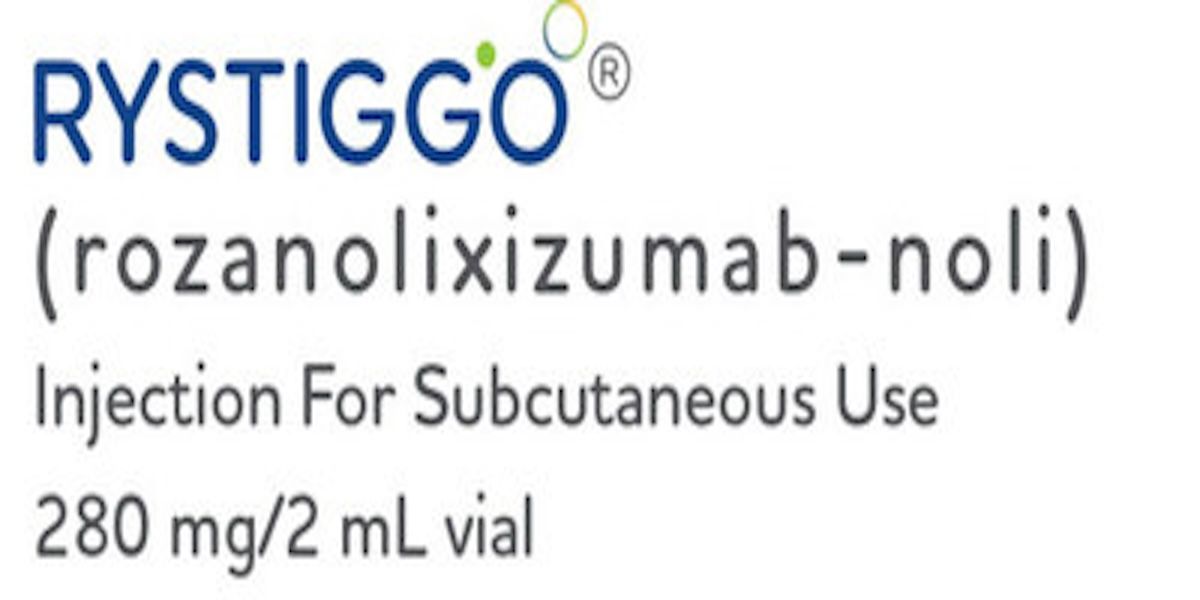News
Article
Researchers Highlight Current Gaps in Research on Exercise Use in MG
Author(s):
The researchers note that their findings can help inform adjustments for future research among individuals living with myasthenia gravis (MG).
A review of available data on the role of exercise in myasthenia gravis (MG) is drawing attention to gaps in evidence, as well as suggestions for priorities in future research.
Outside of the general benefits of physical activity, the impact of exercise on various disorders, including neuromuscular disorders like MG, has been explored. In this recent analysis, published in Complementary Therapies in Medicine, the researchers have compiled the available evidence on exercise treatment in the disease.
“The promotion of exercise treatment for MG still encounters several obstacles. To investigate the efficacy and safety of exercise for patients with MG, a larger population, rigorous study design and conduction, standardized interventions and outcomes, and standardized reporting are essential,” described the researchers, noting that their findings can help inform adjustments for future research.
Data from 24 studies were analyzed, including observational and interventional studies across 16 countries and regions. The group cautioned that the number of studies included in their analysis could oversimplify the application of exercise and interpretation of results.
For patients with various neuromuscular disorders, Exercise has proven benefits | Image Credit: svitlana - stock.adobe.com

A range of exercises—aerobics, resistance training, balance training, and stretching—were utilized by the patients. Overall, patients experienced clear-cut results from exercising, with all studies reporting positive efficacy and safety results. Notably, most studies did not include data on the occurrence of adverse events (AEs), with just 2 studies reporting data on exercise-related AEs.
More than 100 outcomes were used across the studies, each of which included at least 1 outcome and had up to 21. The 6-minute walk test was the most frequently used outcome (58%), followed by AEs (54%), muscle strength (50%), MG quality of life-15 scale (50%), forced vital capacity (33%), quantitative MG scale (25%), and MG activities of daily living scale (25%).
To improve study design, the researchers recommended selecting a set of internationally recognized outcomes aligned with the purpose of the study and to clarify primary and secondary outcomes. They also recommended attempts to include a larger group and broader range of patients with different disease subtypes in future studies. In total, 456 patients spanned the studies included in the analysis, with the researchers noting that each study included a relatively small sample size, likely a result of MG being a rare disease with a relatively low patient population and such patients typically seeking out medical treatment rather than exercise treatment.
The group also pointed to wide variations in the interventions themselves, citing significant differences in exercises prescribed.
“The frequency of intervention ranged from 3 times per day to once or twice per week. The duration of interventions ranged from 5 days to 4 years. Notably, the interventions in the included studies were complicated and often not applied alone in patients with MG. For instance, patients might participate in aerobic exercise, resistance training, and balance training at the same period,” wrote the researchers. “Additionally, the exercise interventions were not consistently applied throughout the observation period. Patients typically underwent a thorough evaluation by physicians or physiotherapists and began exercising at a relatively low intensity, duration, and frequency to ensure safety.”
Several interventions outside of exercise were covered by the studies. These included medication, respiratory physiotherapy/muscle training, pulmonary rehabilitation, and nutritional management.
Reference:
Peng S, Meng L, Fang R, et al. Current state of research on exercise for the treatment of myasthenia gravis: a scoping review. Med Complement Ther. Published online March 6, 2024. doi:10.1016/j.ctim.2024.103033

Rozanolixizumab Remains Consistently Safe, Effective for gMG




